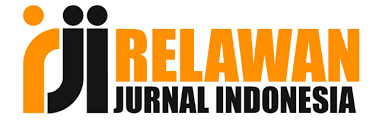The Dynamic Nature of Language: Language Features Variations Between Male and Female Characters in Falling for Christmas Movie
DOI:
https://doi.org/10.36277/jurnalprologue.v9i2.114Kata Kunci:
language variation, language features, gender, stereotypesAbstrak
The dynamic nature of language is illustrated by the emergence of variations in language features that differ the male and female language feature. This study aims to identify differences in language features between male and female characters in “Falling for Christmas” movie. Furthermore, the researchers aim to see to what extent are gender stereotypes in relation to language characteristics depicted in these characters. Descriptive qualitative method with document analysis instrument are used to collect the data which then analysed to produce several conclusions, such as: some of the research results are in line with previous research on language variation between genders where female tend to have language features such as lexical hedges, taq questions, empty adjectives, intensifiers, avoidance of swear words; meanwhile male tend to have minimal responses, compliments, and talking about their interests. These findings are partly consistent with societal stereotypes around male and female communication skills. However, there are some that are not appropriate, such as hypercorrect grammar which is stereotyped to female, and also direct words, and taboo words that are usually intended to male. Other findings found that empty adjectives is the most often used language feature by female, and the minimal responses is by male.
##submission.downloads##
Diterbitkan
Cara Mengutip
Terbitan
Bagian
Lisensi
Hak Cipta (c) 2023 Andrias, Lerissa Daniela, Agnes

Artikel ini berlisensiCreative Commons Attribution-NonCommercial-ShareAlike 4.0 International License.


















